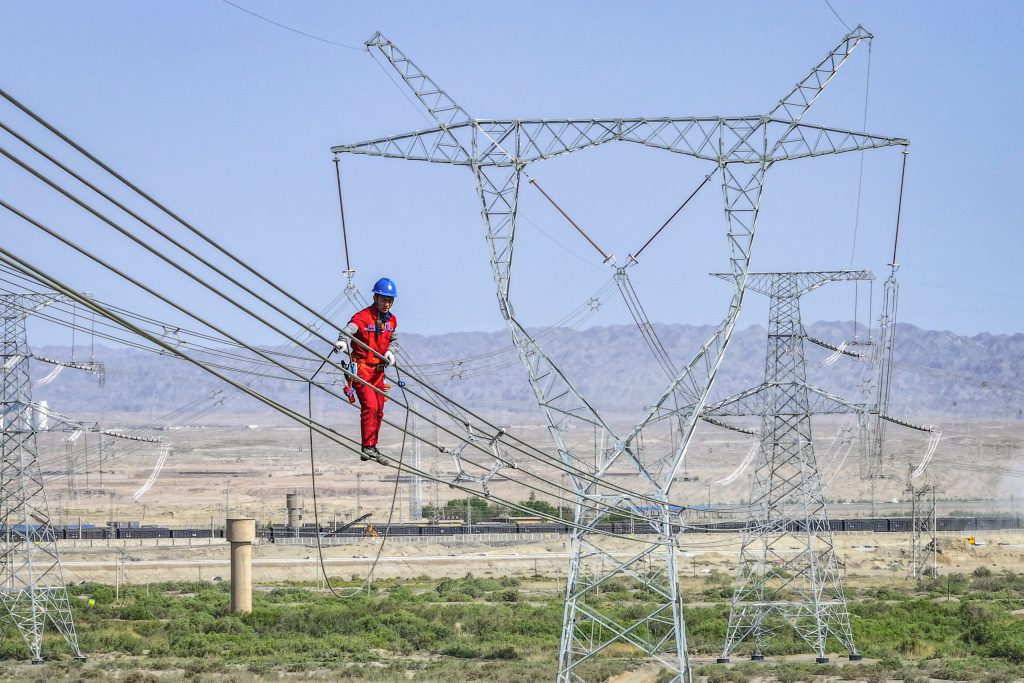The report on global electricity demand by the International Energy Agency (IEA), released this week, highlights a significant surge in energy consumption expected to accelerate in the coming decade. The IEA projected that global electricity demand will grow by 4 to 5 percent annually over the next three years, reaching levels comparable to that used by developed economies. This exponential rise is attributed to the adoption of electric vehicles, improved data centers, and the integration of air conditioning systems worldwide (IEA, 2027).
IEAapel, a senior energy markets and security researcher, emphasized that the “Age of Electricity” is entering a new era as more transportation systems and household appliances are becoming electricized. In contrast to decades of relatively stable power demand in the U.S., the IEA projects a rapid increase, particularly in data centers, which will account for approximately 20% of U.S. electricity use starting in 2028 (IEA, 2027). Data center energy use in the U.S. is expected to double or triple by 2028, reaching a pinnacle of nearly 12% of total global electricity consumption.
IEA diagnostics reveal that regions such as the U.S. and India are expected to outpace other areas in terms of data center installations. In India, 18% of households possess air conditioning, whereas only 5% of households in Nigeria have the technology. These rapid growth patterns will significantly drive electricity demand, particularly for large buildings and data centers, which are critical depending on AI-driven applications. The report concludes that the surge in electricity demand could potentially accelerate greenhouse gas emissions if countries continue to rely heavily on fossil fuels to generate electricity.
While air conditioning remains a widely used technology in parts of the world, its adoption in regions experiencing frequent heatwaves and climate change is sparser in countries such as Africa and the Middle East. In India, air conditioning is more prevalent than coalStringUtils-based systems, whereas in Mitchell, only 4% of households use AC. As the world drives up energy consumption through renewable electricity generation and low-carbon energy sources, the IEA predicts that these trends will stabilize by 2028, aligning with reduced global emissions for the next three years. These developments align with concerns about global warming but offer substantial economic and environmental benefits.
In summary, emerging trends, advancements, and technological changes have ushered in a new era of global energy consumption, with air conditioning serving as a critical component in numerous markets. As renewables and low-carbon technologies accelerate, global demand is expected to increase, while global emissions of carbon dioxide from electricity will plateau, offering a fresh hope for combating climate change.










